Collection
Theme
Country
- India (slavery location)
- India (trafficked from)
- United States (slavery location)
- United Kingdom (slavery location)
- Thailand (slavery location) 20 More
Date
- 2017 (Narrative date)
- 2015 (Narrative date)
- 2013 (Narrative date)
- 2016 (Narrative date)
- 2020 (Narrative date) 20 More
Type
261 results
VOICES: Narratives by Survivors of Modern Slavery
This is the world's largest archive of modern slavery survivor narratives. Across more than a million words spoken or written by survivors of modern slavery, we can see why slavery persists in particular hotspots, analyse patterns in trafficking routes, identify vulnerabilities, understand more about the challenges survivors face in liberation, and discover new antislavery solutions. These narratives offer the chance to systematically design new antislavery strategies based on the experiences, ideas and solutions of enslaved people themselves.
The database is searchable by country, name, theme, and narrative date. Narratives can be viewed in list or map form. A short introduction provides context to each narrative. Narrative provenance appears after the main narrative text.
For ideas on how to use this database, please see our accompanying guide.
Project Lead: Zoe Trodd. Team Members: Andrea Nicholson, Lauren Eglen, Rosemary Pearce, Olivia Wright.
Project Funders: AHRC Antislavery Usable Past grant (2014-19), ESRC/AHRC PaCCS Modern Slavery: Meaning and Measurement grant (2016-19), and AHRC-GCRF Antislavery Knowledge Network grant (2017-2021).
For any queries about the collection please contact: [email protected]. If you wish to cite a particular narrative, please acknowledge the survivor’s name, the provenance of the narrative and cite: Voices Database, the Rights Lab, University of Nottingham.
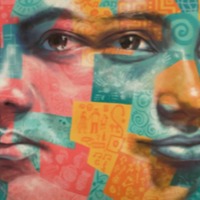
Arti L.
The United Arab Emirates is a destination for men and women predominantly from South and Southeast Asia, trafficked for the purposes of labour and commercial sexual exploitation. Migrant workers make up over 90 per cent of the UAE’s private sector workforce and are recruited from India,…
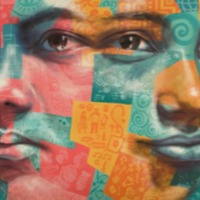
Aziz
Afghanistan is a source, transit, and destination country for men, women, and children trafficked for the purposes of forced labor and commercial sexual exploitation. Afghan boys and girls are trafficked within the country for commercial sexual exploitation, forced marriage to settle debts or…
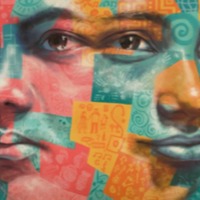
Artem
The UK National Crime Agency estimates 3,309 potential victims of human trafficking came into contact with the State or an NGO in 2014. The latest government statistics derived from the UK National Referral Mechanism in 2014 reveal 2,340 potential victims of trafficking from 96 countries of origin,…

Bukola
There are an estimated 57,700 people in modern slavery in the US according to GSI estimates. The US attracts migrants and refugees who are particularly at risk of vulnerability to human trafficking. Trafficking victims often responding to fraudulent offers of employment in the US migrate willingly…

Ronny (Narrative 2)
There are an estimated 57,700 people in modern slavery in the US according to GSI estimates. The US attracts migrants and refugees who are particularly at risk of vulnerability to human trafficking. Trafficking victims often responding to fraudulent offers of employment in the US migrate willingly…
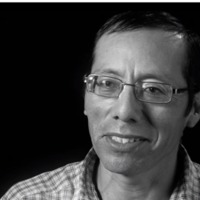
Victor
There are an estimated 57,700 people in modern slavery in the US according to GSI estimates. The US attracts migrants and refugees who are particularly at risk of vulnerability to human trafficking. Trafficking victims often responding to fraudulent offers of employment in the US migrate willingly…

Jin
Sex trafficking is a form of modern slavery that exists throughout the United States. Traffickers use violence, threats, lies, debt bondage and other forms of coercion to compel adults and children to engage in commercial sex acts against their will. The situations that sex trafficking victims face…
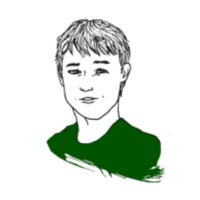
Adam
The United Kingdom remains a significant destination for men, women and children trafficked for commercial sexual exploitation and forced labour. Originating primarily from Eastern Europe, Africa and Asia, people travel to the UK under promises of a better education, job opportunities and quality…
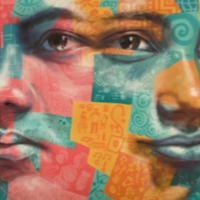
Gilberto
Brazil is a source country for men and boys trafficked internally for forced labor which accounts for most instances of modern slavery in Brazil. It is particularly prevalent in manual labour sectors such as construction, manufacturing, factory and domestic work and occurs in rural and…

Deependra
Migrant workers from Asia and Sub-Saharan African continue to flock to the Middle East for work. Migrant workers are subject to practices that may amount to forced labour including extortionate recruitment fees, illegal confiscation of identity documents, withholding and non-payment of salaries,…
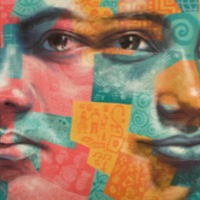
Abdul
The UK National Crime Agency estimates 3,309 potential victims of human trafficking came into contact with the State or an NGO in 2014. The latest government statistics derived from the UK National Referral Mechanism in 2014 reveal 2,340 potential victims of trafficking from 96 countries of origin,…
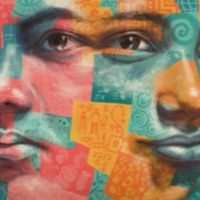
Ali. A
There are a reported 9,200 enslaved in Singapore with the large number of foreign workers being the most vulnerable to human trafficking and enslavement. Many are brought to the country after being deceived by recruiters in their home countries with the promise of employment only to become victims…
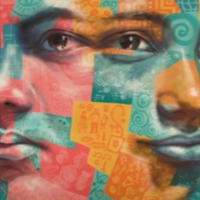
Czar
Australia is a destination country for women from Southeast Asia, South Korea, Taiwan, the People’s Republic of China (PRC), and reportedly Eastern Europe trafficked for the purpose of commercial sexual exploitation. Some men and women from several Pacific islands, India, the PRC, South Korea, the…
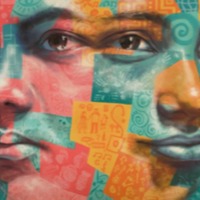
Kwame and Joe
In 2016, the estimates of modern slavery in Sub-Saharan Africa accounted for approximately 13.6 percent of the world's total enslaved population. As evident from surveys conducted in Ghana, Nigeria, South Africa and Ethiopia by Walk Free Foundation, slavery in Sub-Saharan Africa takes the form of…
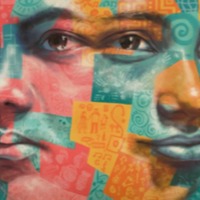
Mario
Peruvian men, women, and children are exploited in forced labor in the country, principally in illegal and legal gold mining and related services, logging, agriculture, brick-making, unregistered factories, organized street begging, and domestic service. Peruvians working in artisanal gold mines and…
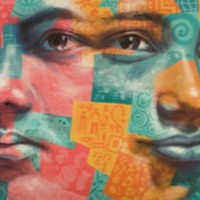
Nelson
Brazil is a source country for men and boys trafficked internally for forced labor which accounts for most instances of modern slavery in Brazil. It is particularly prevalent in manual labour sectors such as construction, manufacturing, factory and domestic work and occurs in rural and urban…
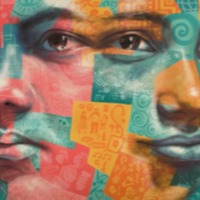
Nicoleta B
Despite having the lowest regional prevalence of modern slavery in the world, Europe remains a destination, and to a lesser extent, a source region for the exploitation of men, women and children in forced labour and commercial sexual exploitation. Trafficking for sexual exploitation is the most…
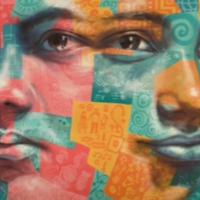
Oksana B
Forced labour accounts for 98 percent of cases of modern slavery in Russia. Made up of both Russian and foreign workers, particularly from Tajikistan, Uzbekistan, Azerbaijan and Kyrgyzstan, these people are enslaved in the agricultural and construction sectors, in factories, private homes,…
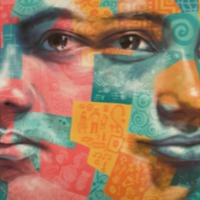
Young-Soon
The Democratic People’s Republic of Korea (North Korea) is a source country for men, women and children who are subjected to forced labour and sex trafficking. Government oppression in the country prompts many to flee the country in ways that make them vulnerable to human trafficking in…
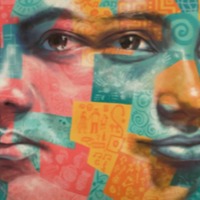
Yum
Men, women and children are victims of human trafficking for forced labour in the Thai fishing industry. Enslaved people are subjected to physical abuse, excessive and inhumane working hours, sleep and food deprivation, forced use of methamphetamines and long trips at sea confined to the vessel.…